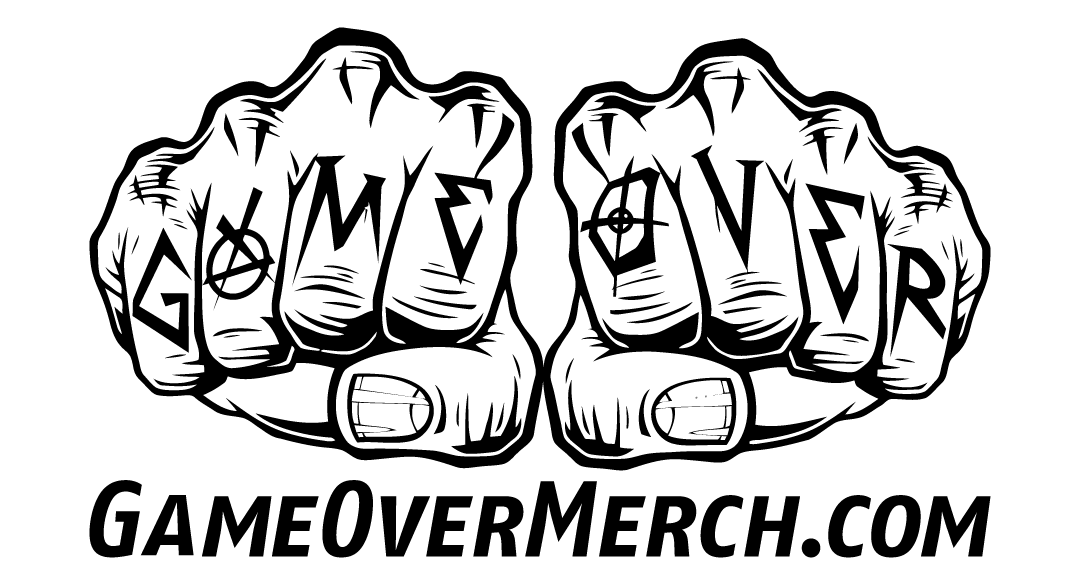Embroidery
Embroidery: Needles
Embroidery needles are an essential tool for any embroidery project. They come in a variety of sizes and types, each designed for specific fabrics and techniques. Here’s a breakdown of the many facets of embroidery needles:
- Needle Size: Embroidery needles come in different sizes, indicated by numbers ranging from 60 to 120. The lower the number, the finer the needle. A size 75/11 needle is a common choice for most embroidery projects, while finer needles may be used for delicate fabrics like silk or lace, and larger needles may be used for heavier fabrics like denim or canvas.
- Needle Shape: The shape of the needle tip can vary, depending on the type of stitching being done. Sharp-point needles are best for detailed work like outlining, while ball-point needles are better for knits and stretchy fabrics. Other needle shapes include wedge-point and chisel-point needles, which are used for specialized techniques.
- Eye Shape: The shape of the needle’s eye can also vary, depending on the type of thread being used. A larger eye is necessary for thicker threads like metallic or wool, while a smaller eye is better for finer threads like cotton or rayon.
- Needle Coating: Some needles come with a special coating, such as titanium or chrome, which can increase their durability and prevent breakage during stitching.
- Needle Brand: Different brands of embroidery needles may have different qualities, such as sharper points or smoother surfaces. It’s important to experiment with different brands to find the best fit for your project.
- Needle Care: Proper care and maintenance of embroidery needles is important to ensure their longevity and effectiveness. Needles should be changed frequently to prevent dulling or breakage, and should be stored in a safe, dry place.
In summary, embroidery needles come in many different sizes, shapes, coatings, and brands, and require proper care and maintenance. The right needle for a project depends on factors such as fabric type, thread type, and desired stitching technique. Experimenting with different needles and techniques can lead to improved embroidery results.

